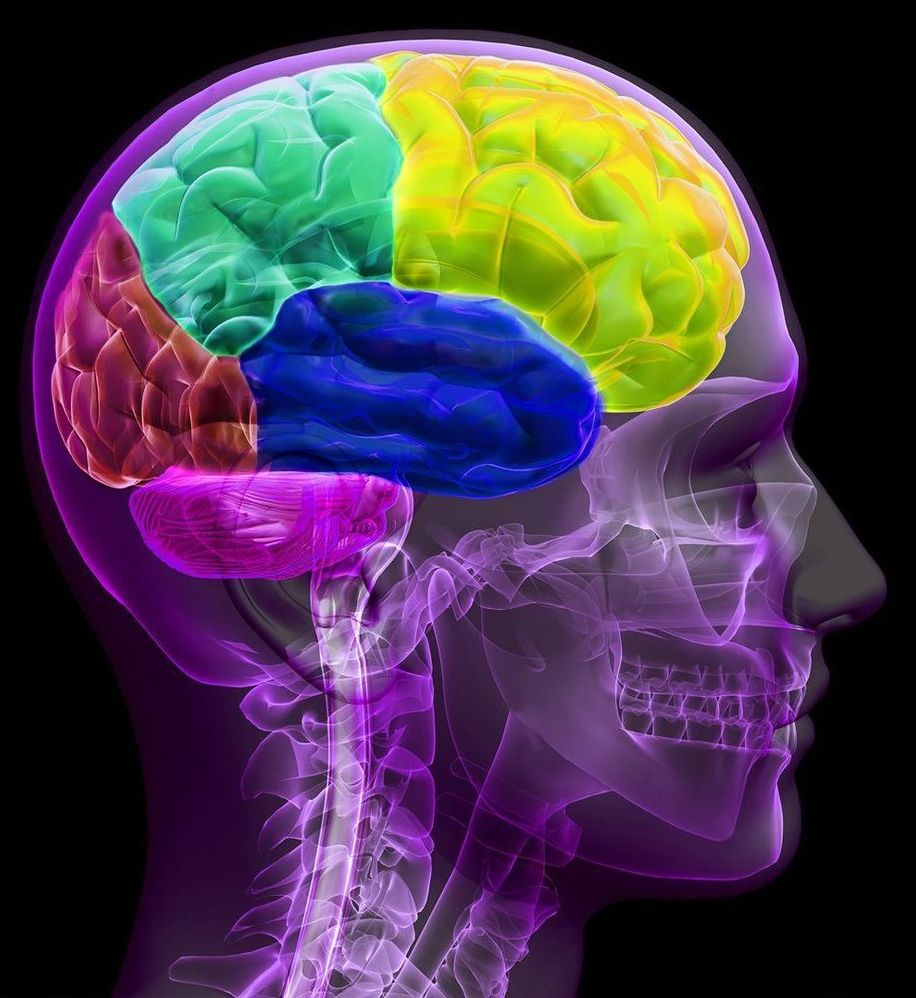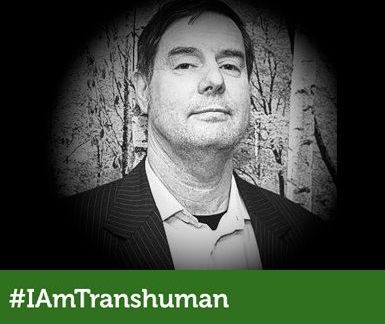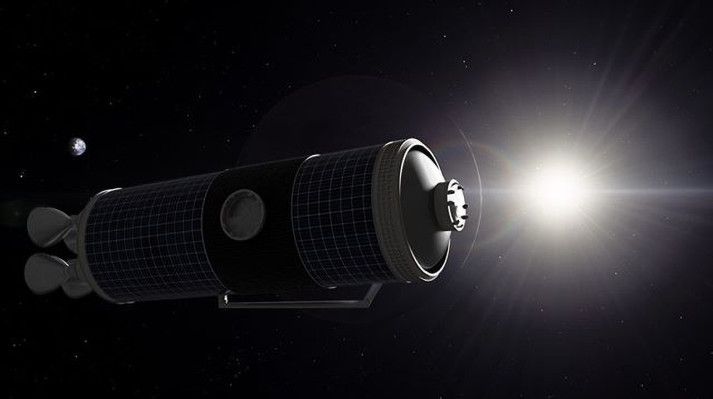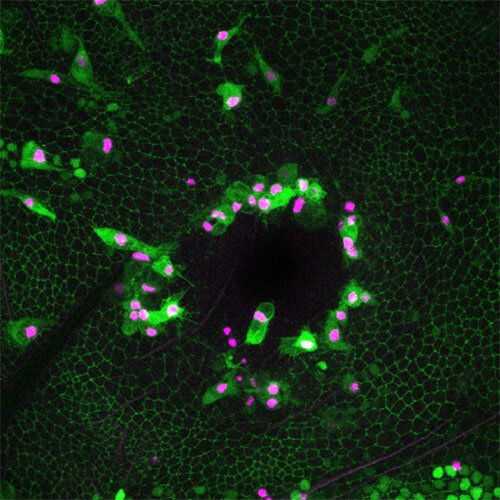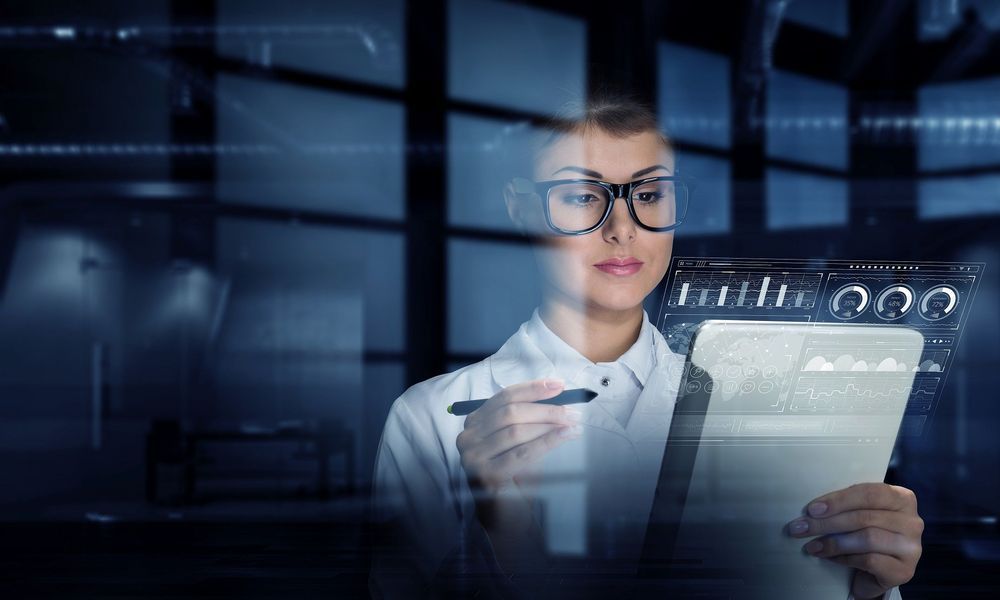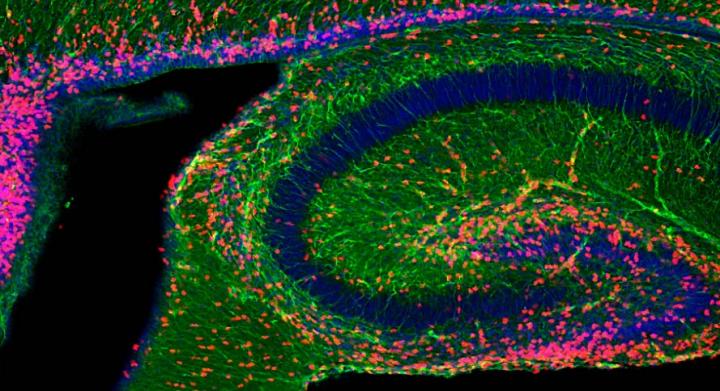Page 8140
Nov 18, 2019
Zoltan Istvan, Donald Trump’s new GOP challenger for president, wants you to live forever
Posted by Zoltan Istvan in categories: geopolitics, life extension, transhumanism
Some important news out today, and we hope to have an official announcement in the next 24 hours or so as my team makes final preparations. Thank you for your support!
Zoltan Istvan, a leader of the transhumanist movement to merge humans with technology, is challenging Trump with a plan for America that’s beyond radical.
Nov 18, 2019
TJ Wass, futurist, political scientist, early adopter
Posted by TJ Wass in category: transhumanism
Nov 18, 2019
Gravitational Waves Could Uncover Missing-Link Black Holes
Posted by Genevieve Klien in categories: cosmology, mathematics, physics
Scientists hope that the future of gravitational wave detection will allow them to directly observe a mysterious kind of black hole.
Gravitational wave detectors have seen direct evidence of black holes with roughly the mass of giant stars, while the Event Horizon Telescope produced an image of a supermassive black hole billions of times the mass of our Sun. But in the middle are intermediate-mass black holes, or IMBHs, which weigh between 100 and 100,000 times the mass of the Sun and have yet to be directly observed. Researchers hope that their new mathematical work will “pave the way” for future research into these black holes using gravitational wave detectors, according to the paper published today in Nature Astronomy.
Nov 18, 2019
Nanoracks just booked a SpaceX launch to demo tech that turns used spacecraft into orbital habitats
Posted by Genevieve Klien in categories: habitats, robotics/AI, space travel
SpaceX is going to launch a payload for client Nanoracks aboard one of its new rideshare missions, currently targeting late 2020, that will demonstrate a very ambitious piece of tech from the commercial space station company. Nanoracks is sending up a payload platform that will show off how it can use a robot to cut material very similar to the upper stages used in orbital spacecraft — something Nanoracks wants to eventually due to help convert these spent and discarded stages (sometimes called “space tugs” because they generally move payloads from one area of orbit to another) into orbital research stations, habitats and more.
The demonstration mission is part of Nanoracks’ “Space Outpost Program,” which aims to address the future need for in-space orbital commercial platforms by also simultaneously making use of existing vehicles and materials designed specifically for space. Through use of the upper stages of spacecraft left behind in orbit, the company hopes to show how it one day might be able to greatly reduce the costs of setting up in-space stations and habitats, broadening the potential access of these kinds of facilities for commercial space companies.
This will be the first-ever demonstration of structural metal cutting in space, provided the demo goes as planned, and it could be a key technology not just for establishing more permanent research families in Earth’s orbit, but also for setting up infrastructure to help us get to, and stay at, other interstellar destinations like the Moon and Mars.
Nov 18, 2019
Scientists discover body’s protection shield
Posted by Quinn Sena in categories: biotech/medical, chemistry
Scientists have discovered a way to manipulate the body’s own immune response to boost tissue repair. The findings, published in Current Biology today, reveal a new network of protective factors to shield cells against damage. This discovery, made by University of Bristol researchers, could significantly benefit patients undergoing surgery by speeding recovery times and lowering the risk of complication.
When a tissue is damaged, (either accidentally or through surgery), the body quickly recruits immune cells to the injury site where they fight infection by engulfing and killing invading pathogens, through the release of toxic factors (such as unstable molecules containing oxygen known as “reactive oxygen species” e.g. peroxides). However, these bactericidal products are also highly toxic to the host tissue and can disrupt the repair process. To counteract these harmful effects the repairing tissue activates powerful protective machinery to “shield” itself from the damage.
Now, researchers from Bristol’s School of Biochemistry studying tissue repair, have mapped the exact identities of these protective pathways and identified how to stimulate this process in naïve tissues.
Nov 18, 2019
#IAmTranshuman Micro Grant Program – Voted By The Community
Posted by David J. Kelley in category: transhumanism
Announcing the #IAmTranshuman (ist) #Grant program. mostly micro-grants for Transhumanist projects. If you have a project you need some funding for, we (this is a non profit) can help.
Nov 18, 2019
Exosomes May Hold Key to Brain Circuit Development
Posted by Paul Battista in category: neuroscience
New discovery suggests cellular ‘cargo’ transporters play a profound role in creating brain cells and circuits.
Nov 18, 2019
“Surprising” new insights into link between gut microbiome and aging
Posted by Paul Battista in categories: biotech/medical, life extension, neuroscience
A new study is suggesting a metabolite produced by gut microbes could increase neuron production in the brain, improve intestinal function, and ultimately slow the aging process. Across several compelling mouse experiments the research found the negative effects of aging could be counteracted by enhanced microbial production of a molecule called butyrate.
Investigating the effect of the gut microbiome on aging, the new research first performed gut microbiome transplants between old and young mice. Using fecal transplants, young germ-free mice were colonized with the gut microbiota of older mice. The results were somewhat unexpected as the younger mice colonized with the older microbiomes displayed increased neurogenesis, a process whereby new neurons are produced in the brain.
“We’ve found that microbes collected from an old mouse have the capacity to support neural growth in a younger mouse,” explains Sven Pettersson, lead on the research team from Nanyang Technological University in Singapore. “This is a surprising and very interesting observation…”
Nov 18, 2019
Quitting smoking could lead to major changes in gut bacteria
Posted by Paul Battista in category: health
Quitting smoking leads to major changes in intestinal bacteria, according to new research. But just what the changes mean will need further investigation.
The small pilot study, to be presented during the American Heart Association’s Scientific Sessions in Philadelphia, comes in the wake of past research showing a link between bacteria in the gut and cardiovascular health. That past work has shown smoking is associated with a decrease in diversity in the types of beneficial bacteria living in the gut.
For the new study, researchers looked at 26 people who were trying to quit smoking and analyzed their stool samples at the start of the study and again two weeks and 12 weeks later.
